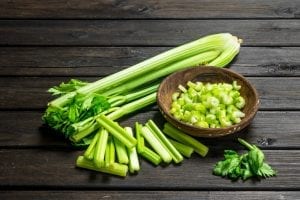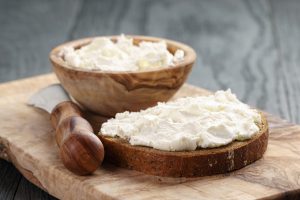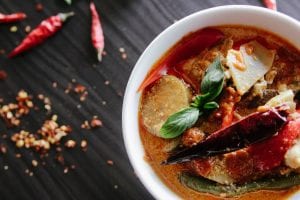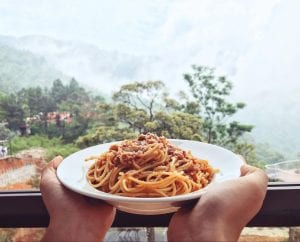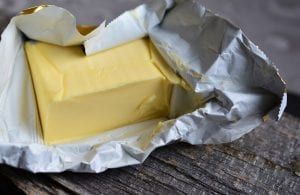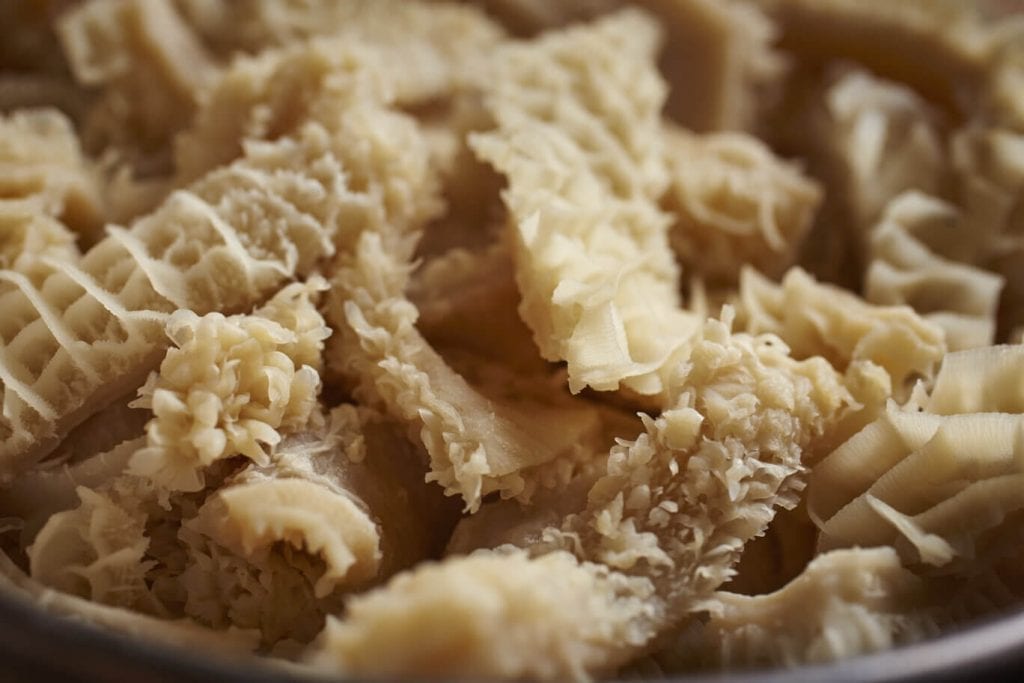
Beef has so much more to offer beyond the steak cuts that we all know and love. For instance, there are plenty of organ meats to try, like the prized sweetbreads from cattle of all ages. But if you aren’t ready for flavorful offals just yet, you can try cooking with a tamer-tasting one like beef tripe!
Beef tripe is a common ingredient in many cultures in Asia, Africa, Europe, and South America. In particular, it’s present in Caribbean soul food, Latin American, Eastern European, and even Chinese cuisine. In the United States, they rarely sell tripe in local supermarkets. But if you get the chance to buy some from a local butcher, definitely give it a shot! Continue reading to find out more about this special ingredient.
What Is Beef Tripe?
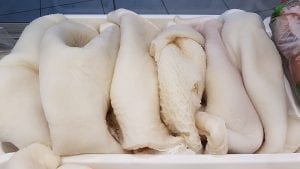
Beef tripe is a great offal that everybody needs to try at least once. But what is tripe meat, exactly? And more importantly, where does it come from? It is basically the lining of a cow’s stomach. Since the beef stomach consists of four main chambers, each one is made up of a different type of tripe.
Depending on where you are in the world, beef tripe may have a different local name. For instance, it’s also known as shaki meat in Nigeria. Do not confuse tripe for the Spanish word tripas or tripitas, however, which actually means “cow or beef intestine.” Tripas are actually small intestines of farm animals, and not the stomach lining of a cow. The name for tripe may vary across Spanish-speaking countries. It is also called carne para menudo in Mexico and el mondongo in the Dominican Republic.
READ ALSO: 18 Best Mexican Breakfast Recipes to Kick-Start Your Mornings
What Does Tripe Taste Like?
Surprisingly, beef tripe does not have much flavor on its own. Don’t worry though, because this means it’s an excellent canvas for a host of seasonings and flavoring ingredients! More than anything, it’s more prized for its chewy texture.
Is Beef Tripe Healthy?
Beef tripe is highly nutritious! For one, it can help you build muscle because it’s packed with protein. It also carries a good amount of Vitamin B12, which is essential for producing red blood cells. Besides being rich in vitamins and minerals, tripe may also be good for weight loss. It has a low fat and calorie content, after all. Finally, it’s ideal for a low carb diet as it only carries three grams of carbohydrates per serving.
Even other animals can benefit from having a cut or two of nutritious cow tripe. Because of its health benefits, it’s also a popular ingredient in dog food. Raw pet food, freeze dried, and green tripe are the usual varieties.
Types of Beef Tripe
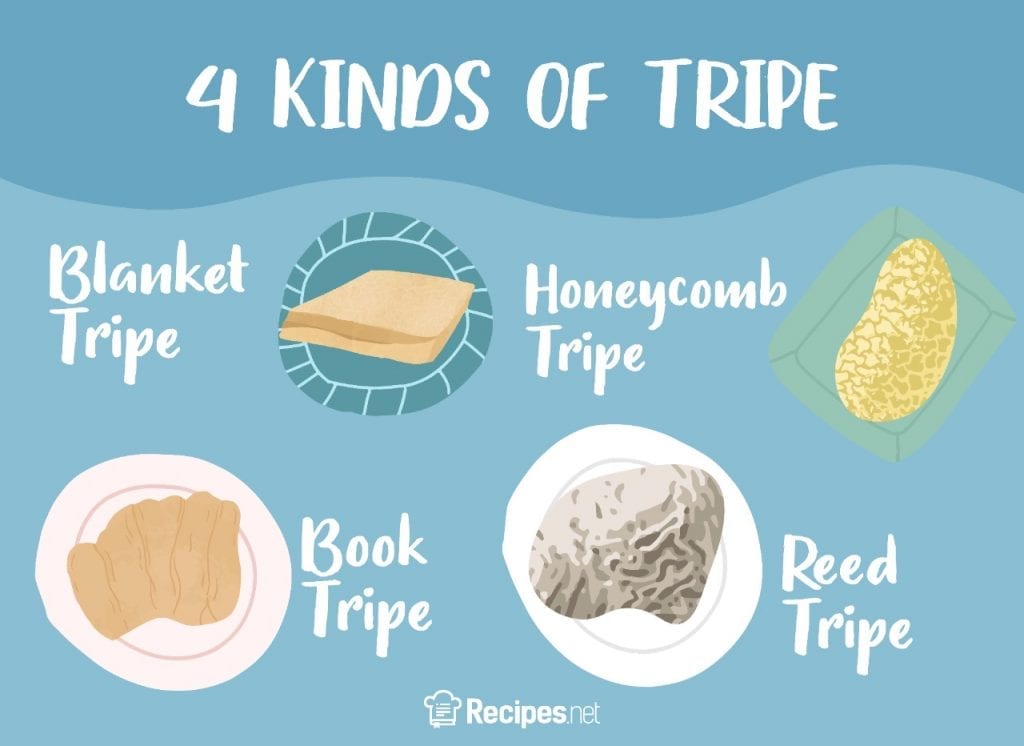
Beef tripe comes in many forms. Off the bat, it may have a yellowish hue, if it’s fresh, or be white in color if it’s bleached. Besides this, it can be categorized into four kinds according to its shape and texture. Find each one below.
Beef Honeycomb Tripe
Honeycomb tripe comes from the second chamber of the cow’s stomach and gets its name from its unique honeycomb-like appearance. This type might be the most popular out of all four tripes, as it turns satisfyingly tender when simmered in a saucy dish for around 45 minutes to an hour.
Beef Book Tripe
This one comes from the third chamber. It has folds that resemble the pages of a book hence why it’s called either book or bible tripe. Stew and soup recipes, especially Chinese dishes, are the best dishes to make with this particular type. It takes around one to two hours and fifteen minutes to fully cook it.
Blanket Tripe
This is the flat and smooth beef tripe that comes from the cow stomach’s first chamber. It’s a lot chewier than the popular honeycomb, which is why it can take up to two hours and 15 minutes to fully tenderize this meat. Nonetheless, it’s still an excellent ingredient for soups and stews.
Reed Tripe
This one comes from the fourth and last chamber of the stomach. It’s the least enticing of all, probably due to its unusual texture. After all, reed tripe can either be fatty and flavorful, or the complete opposite which is grainy with little flavor. It’s a common ingredient in authentic Italian recipes, though. You have to cook it for at least an hour.
How To Clean Beef Tripe
Regardless of the type you’ll be using, you should always clean beef tripe before cooking it. If you’re handling the bleached kind, you can skip directly to Step 5 of this tutorial. Otherwise, let’s start from the beginning.
Step 1: Trim Excess Fat
Anything that sticks out from the beef tripe itself must be removed. Trim off excess fats from the cow stomach, food, as well as other impurities that you can take out by hand.
Step 2: Scrub With Salt
Next, use salt to scrub the entire tripe — front and back. Make sure to remove as much of the impurities as you can before proceeding with the next step.
Step 3: Rinse With Vinegar
Afterwards, rinse off all the dirt you just scrubbed off using vinegar. This condiment will double as a disinfectant as well. Repeat steps two and three if needed.
Step 4: Scrape the Beef Tripe
Then, use a knife to scrape the beef tripe’s entire surface area. This will take care of the rest of the stubborn impurities that you weren’t able to take out with the salt and vinegar method.
- To further clean the crevices of a honeycomb tripe, you can scrub it down using a clean toothbrush.
Step 5: Rinse With Water
Finally, make sure to thoroughly rinse the tripe with water. Do this several times if you’re handling bleached beef tripe. This will help get rid of the chlorine, as well as the unpleasant odor that comes with it.
How To Cook Tripe
Even after you’ve removed all the impurities from the tripe, there’s still a few things you need to do before you can cook it. These include:
Parboiling the Beef Tripe
We highly suggest parboiling or partially cooking the tripe in boiling water before fully cooking or storing it. The advantage of parboiling is less cooking time since the food is already partly cooked. To do this, simply boil the tripe in salted water over high heat. After the 10-minute mark, take the tripe out from the boiling water and rinse it thoroughly under cold water to stop it from getting cooked all the way through.
Cut Into Sections
It’s entirely up to you if you want to cut the beef tripe, but we recommend doing so. Like the process above, this will also lower its cooking time considerably. You should do this right after parboiling, as its texture will be just right for cutting. Then, slice the tripe according to the type of dish you plan to cook. It can either be for grilling, stewing, deep-frying, or for tossing in salads and in soup.
Best Beef Tripe Recipes to Try
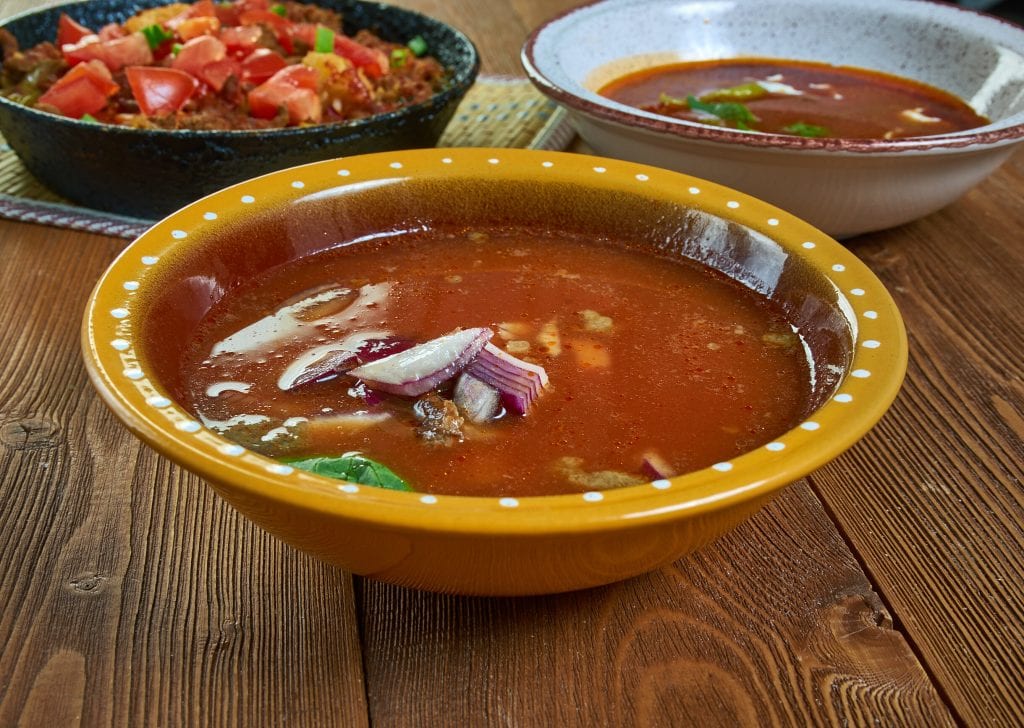
Now that you know how to clean and prepare this special ingredient, you’re all set to cook up the best beef tripe recipes from around the world! Take inspiration from the dishes below.
- Dominican Mondongo (Tripe Stew) – Chewy raw tripe or mondongo crudo is simmered until incredibly tender to make this hearty soup from Latin America.
- Kare Kare (Filipino-Style Beef Tripe) – Flavorless tripe is boiled in a rich-tasting peanut sauce with eggplants, bok choy, and snake beans to make this Filipino beef tripe recipe.
- Beef Tripe Pho – For this iconic Vietnamese comfort food, boiled tripe is nestled over the nourishing combination of noodles in flavorful beef stock.
- Mexican Menudo – Tender honeycomb tripe serves as the menudo meat for this Mexican dish. It’s cooked in a special guagillo sauce that is spicy yet incredibly satisfying.
- Pepper Pot Soup – To achieve this tripe soup recipe, honeycomb tripe is slowly cooked for two hours with bacon and vegetables in a thick roux.
Was this page helpful?
Read Next: How To Open A Coconut In 4 Simple Steps



